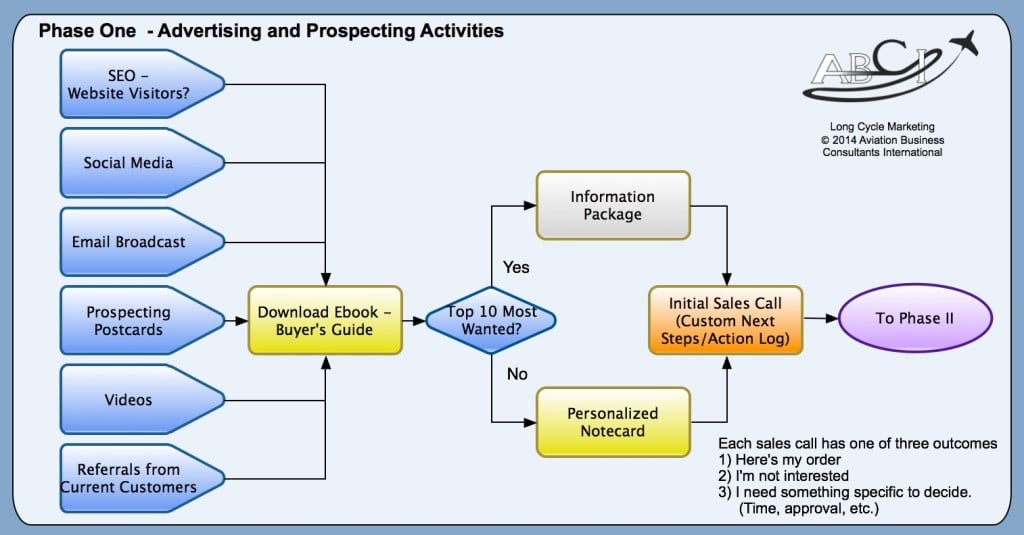Obtaining explicit consent for email marketing has become more important than ever. Even if you have been following best practices around email compliance for years, CASL changes the game. CASL affects any person and business sending email to Canadian citizens.
If you ever have or intend to send email as part of your marketing efforts, you are going to want to follow this legislation very closely.
What is CASL?
On July 1, 2014 Canada’s Anti-Spam Legislation (CASL) will be enacted and is being touted as one of the most aggressive anti-spam laws in the world.
The law is part of Canada’s attempt to deter the most damaging and deceptive forms of spam like identity theft, phishing, and spyware. Unlike CAN-SPAM, which accepts an opt-out model, CASL requires an opt-in model. This means you must have explicit (not implied) permission from the recipient in order to send email marketing to anyone in Canada.
Starting July 1, 2014, you must have explicit (not implied) permission from the recipient in order to send email marketing to anyone in Canada.
Click here for more information on CASL, and read the full text of the law here.
What could happen if I violate CASL?
The penalties are steep—up to $10 million per violation. When the legislation goes live, the Canadian government can bring suit against violators. Starting in 2017, CASL empowers Canadian citizens to personally take legal action against you and your business.
This legislation could open you and your business entities up to potential personal liabilities, ranging from civil damages to monetary penalties to criminal charges.
The best way to protect yourself is to obtain an affirmative double opt-in from your email marketing recipients.
Although the law goes live on July 1st, senders have a three-year grace period to obtain explicit consent from their Canadian recipients.
Because it may be difficult to determine which contacts in your customer and/or prospect lists may be located in Canada, we recommend that everyone use double-opt-in methods for their email marketing.
And this is yet another great reason to have a marketing system that makes it easy to adapt when laws or technology changes.
It’s important to have redundancy in your marketing system so that it’s easy to adapt to changes like these.
“Diversity leads to stability.” – Dan Kennedy
One of the biggest differences between vintage and modern airplanes is the concept of redundancy – instruments and controls that “cover for one another” in the event of a failure. Redundant systems make it safer to fly.
If your glass panel fails for any reason, you can rely on the good old-fashioned “steam gauges” to help you get where you’re going.

Cirrus Interior – Photo – Wikipedia.com
Many things have changed in the last few years when it comes to marketing laws and technology. There are lots of things that could “go wrong” with a marketing system that is too dependent on any particular technique or media.
- Email legislation (such as CASL)
- Changes in do-not-call legislation
- First class postal rates going up
- Flat rates for parcels introduced
- Better email “spam” filters
- Social media channels have been invented, gained and/or lost popularity (i.e. – who bothers with MySpace anymore?)
- Google has revolutionized search technology and can affect traffic to your site dramatically when they change the rules.
When you have a marketing system that has several effective options for each phase of the marketing process, it still continues to function, even if you have to take one option “offline” for legal or technical reasons.
ABCI focuses on building redundancy into every marketing system we build, implement or manage.
Here are some examples of redundant features we include in our marketing systems:
- Multiple advertising venues (i.e. postcards AND email AND social media)
- Software AND “human being” website monitoring.
- Nurturing several social media channels – as one falls into disuse, others become more popular.
- Reporting (and decision-making) that includes results from several software tools that use different technology, emphasis and bias (Google Analytics AND Alexa AND Klout AND SumAll, etc.)
This diagram shows an example of Phase One activities for a marketing client. You can see from the blue arrows there are several alternatives to email broadcast (email marketing.)
This ensures a stable flow of new leads, despite “turbulence” in the technology or legal landscape that may affect one or more of our prospecting activities.
Our job is to build and maintain marketing systems that maintain a stable flow of leads, anticipating any changes in the “weather” that might affect any of the activities we use in our systems; to plan for them in advance as much as possible, and to ensure that disruptions are minimal.
Redundancy may not be sexy, unless you’re a pilot. (Or a pilot who’s into marketing!)
..

